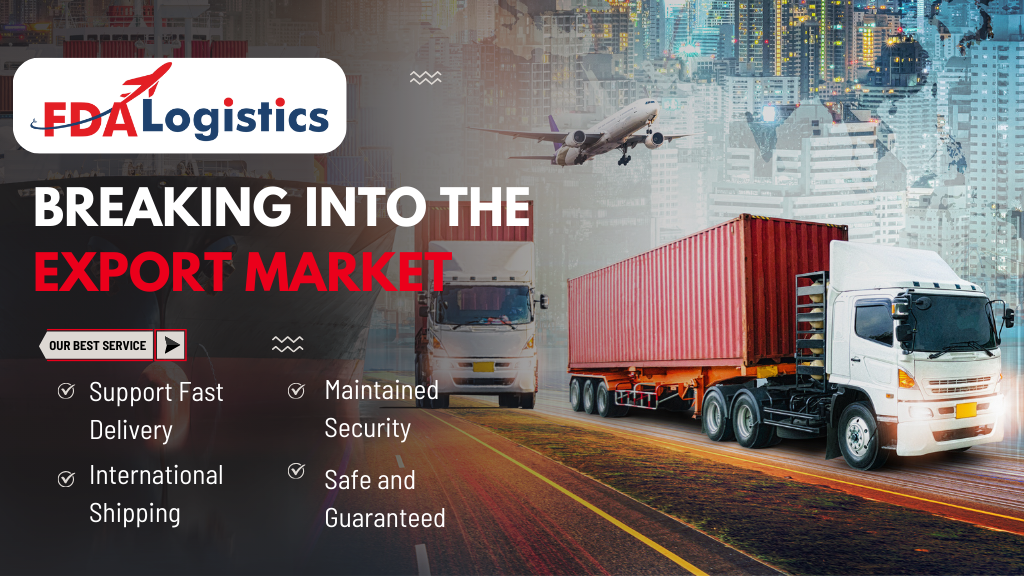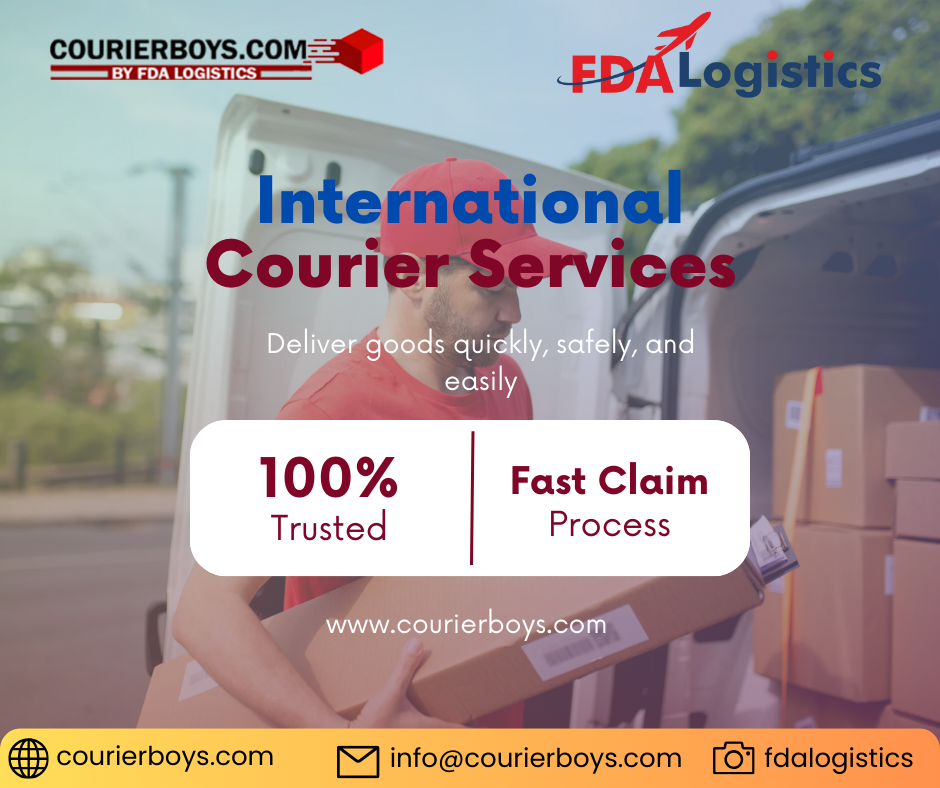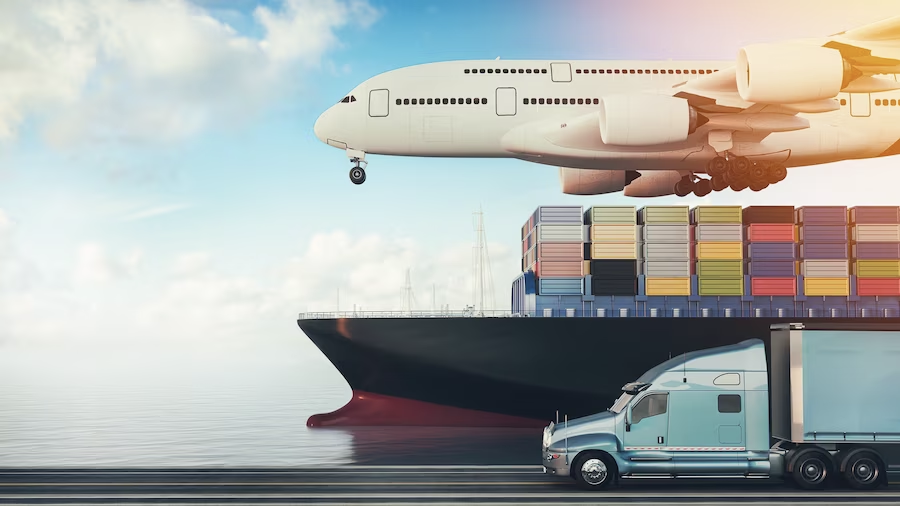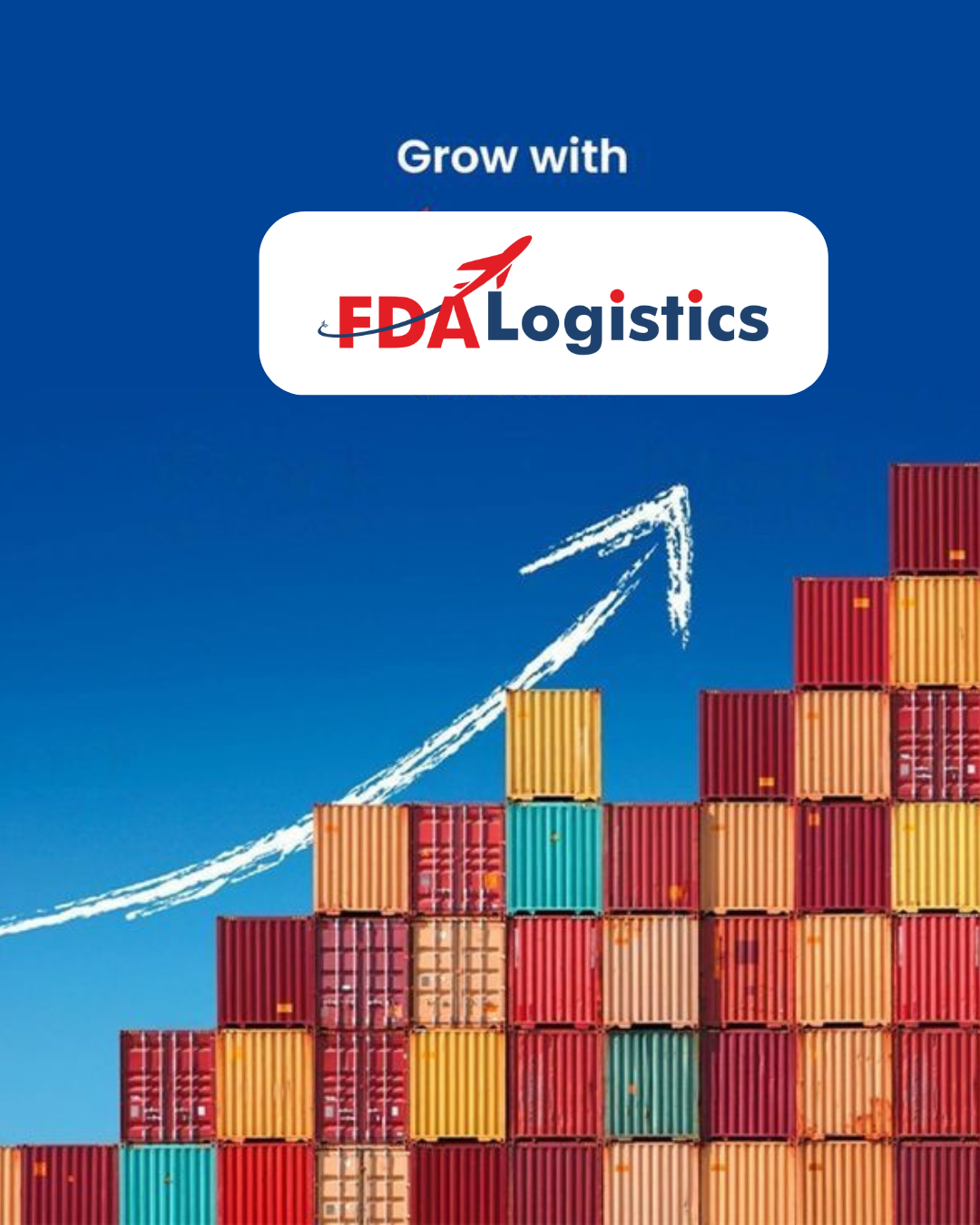
If you’ve been dreaming of shipping your products across the globe, it’s time to turn that dream into reality. The export market can seem a bit overwhelming at first, but with the right logistics know-how, you’re already halfway there. No matter if you run a small business or are just stepping into global trade, here’s how to get started right.
Let’s break down the essentials that help you smoothly glide into the world of exports — starting with ports, partners, packaging, and a pinch of paperwork!
Choosing Ports Strategically in India
Location Matters More Than You Think
When stepping into the export market, one of your earliest and smartest moves is picking the right port. India has many excellent ports—like Mumbai, Chennai, and Mundra—that serve different types of cargo and regions. Think of it like choosing the best airport for a long trip—you want one that’s close, efficient, and well-connected.
Port Specialties: Know What They’re Good At
Not all ports are created equal. Some handle containers, others bulk cargo, and some are fantastic for refrigerated goods. For example, Nhava Sheva is great for general containers, while Kochi is better for seafood exports. Match your product to the port’s specialty, and you’ll save time and money.
Proximity to Supplier or Factory
It’s tempting to choose a port that’s popular, but if it’s hundreds of kilometers from your factory, think again. Transporting goods over long distances within India adds cost and time. So, always balance popularity with practicality when picking your gateway to the global export market.
Partnering With the Best Exporters in India
Why Go It Alone When You Can Collaborate?
If you’re new to the export market, partnering with experienced exporters can be a game-changer. They know the drill—from documentation to handling customs—and can help you avoid rookie mistakes. It’s like having a local expert when you’re trekking through unfamiliar terrain.
Learn from Their Logistics Tactics
The best exporters in India have solid systems, reliable shipping partners, and logistics tricks they’ve polished over time. By working with or learning from them, you get a front-row seat to what works in the real world. It’s basically free mentorship with a few added perks.
Build a Network That Works
Networking isn’t just about exchanging business cards. It’s about building relationships with people who know how to win in the export game. Attend trade fairs, join export forums, and stay active in industry events—you never know which contact could turn into your future logistics hero.
Packaging and Labeling for International Markets
It’s More Than Just Looking Pretty
Good packaging isn’t just about branding—it protects your product during long, bumpy journeys across continents. When you’re in the export game, tough, weather-resistant packaging isn’t optional—it’s essential. Your product might face humidity in Singapore, cold in Canada, and rough handling everywhere.
Labeling: Small Stickers, Big Impact
International buyers—and customs officers—love clear labeling. Include product details, safety info, country of origin, and handling instructions. Trust us, a missing label can slow down your shipment or even get it rejected. So, double-check those tiny tags before sealing the box.
Don’t Forget About Regulations
Different countries have different packaging rules. For instance, Europe loves eco-friendly packaging, while the U.S. has strict barcode rules. Ignoring this could land you in trouble at customs. Research your target country’s standards and get compliant from day one.
Understanding Export-Import Compliance
Yes, It’s Boring—But Super Important
Let’s be honest—compliance isn’t the most exciting part of entering the export market, but it’s absolutely essential. You’ll need the right licenses, follow trade regulations, and declare your goods properly. One wrong move, and your cargo could be stuck for weeks.
Get Familiar With IEC and Other Codes
The IEC is basically your backstage pass to officially join the world of global exports. Without it, you’re not a recognized exporter. Also, understand the HS codes for your product—it’s like your product’s international ID that customs use to track taxes and duties.
When in Doubt, Ask an Expert
Feeling dizzy from all the compliance documents? Relax, most exporters have been there too. Many new exporters hire consultants or work with freight forwarders who handle this part for them. They’ll make sure your shipment is legal, documented, and ready to hit the high seas.
Final Thoughts
Breaking into the export market might feel overwhelming at first, but with smart choices and strong logistics, it becomes surprisingly manageable. Choose your port wisely, learn from the best exporters in India, nail your packaging, and don’t fear compliance. With a little planning and the right partners, your export journey can be smooth, successful, and even fun.
Now go ahead—get those goods ready, and let the world be your marketplace!



